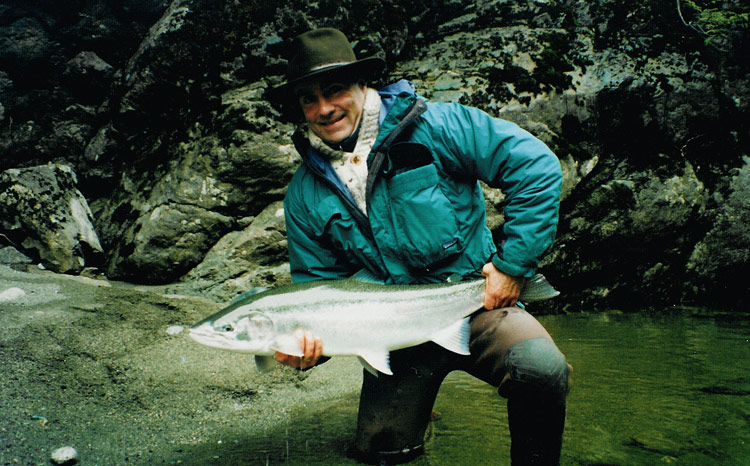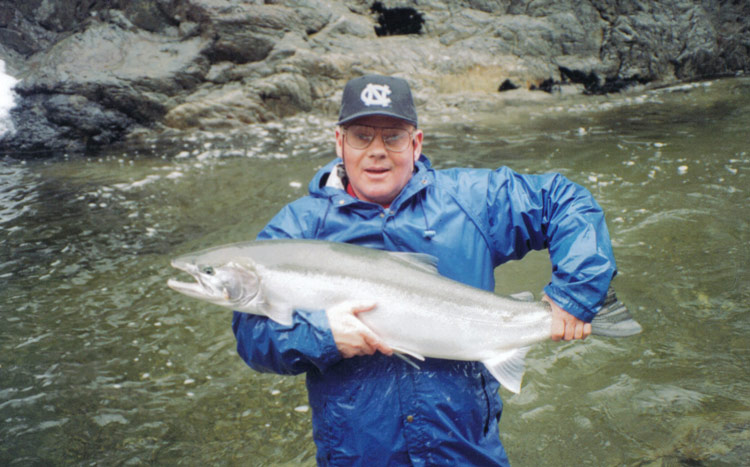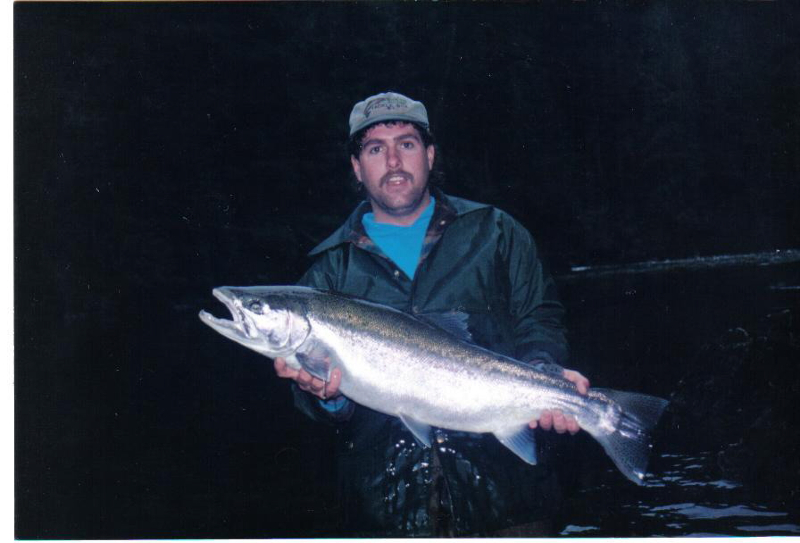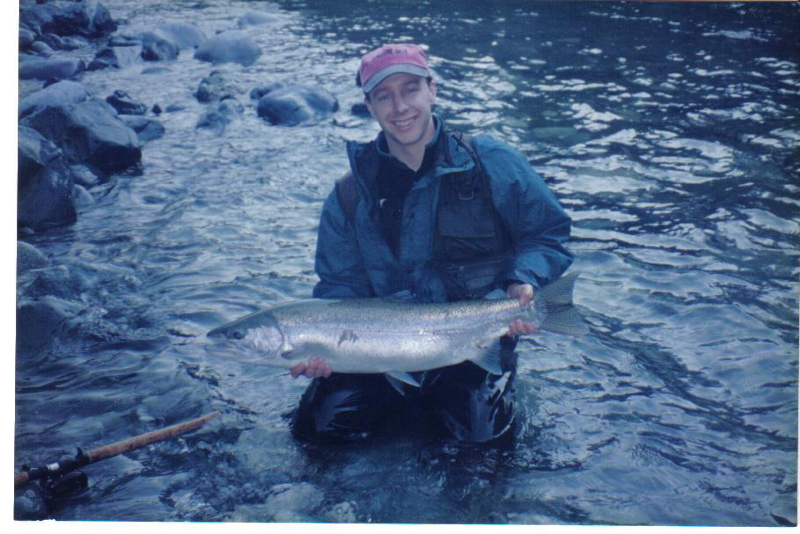Fishmyster
Well-Known Member
Wiseguy, I would pick you up at the ferry. There doesn't seem to be anyone on the island who has the time or initiative to bother with invertebrate sampling.
The amount of rod days on the river is minuscule. Access is way more difficult than worth to the bother for most.Megan is not untouched. Tofino based outfitters have been fishing it out for years.
Is Megin logged anywhere?The amount of rod days on the river is minuscule. Access is way more difficult than worth to the bother for most.
But it is not logged down to the river banks either
Not since the 40’s. It’s a pristine areaIs Megin logged anywhere?
I didn't know that. When the valley is examined on Google earth you cant even see the old roads or cut lines. Mother nature has taken back over nicely there!Not since the 40’s. It’s a pristine area
My understanding is the Gold river summer run population is 50%ish heber fish and 50% ish upper gold river fish with the big ones in the gold, so that begs the question, why are the mainstem gold summer fish having a radically different outcome than their winter run cousins?
Other random thoughts........................................
How many fish farms do Megin fish pass on their journey in and out of Clayquot sound?
If acid rain is lowering the supply of bugs to juveniles how do you propose to fix it?
On the salmon river there was a fertilization program that the province ran for a number of years back in the early 90's. The increase in bug life was noticeable and the juveniles we sampled were very healthy indeed. Unfortunately this would be an expensive program if it were to be implemented on a wide scale and the various governments are trying their level best to get out of the fish business. I fear steelhead are on their own and are going to survive or go the way of the dodo on their ability to weather the scourge called mankind.
Upper Gold summers was something like 50+ and Heber was over 200 I think. Eventually the MOE stats will be out for us to analyze.Ken, was there any talk on the #s of the upper gold summer run population?
Thanks for the offer. Better suited for someone who lives on the island. I hate the ferry. Only time I ever use is to come over there to fish. LolWiseguy, I would pick you up at the ferry. There doesn't seem to be anyone on the island who has the time or initiative to bother with invertebrate sampling.
The Gold and Muchalat watershed's have been logged for decades, easily six/seven anyway, and had a Pulp and paper mill very close to it's estuary, so now all of a sudden from logging in the last 20 years the Steelhead are gone. I was wondering if the biomass in the system is depleted to the point to not be producing enough to sustain enough bug life to sustain rearing Steelhead smolts. If thats the case there aren't enough pinks,chums, coho and springs dying in the system to create the biomass that's needed.
The Gold and Muchalat watershed's have been logged for decades, easily six/seven anyway, and had a Pulp and paper mill very close to it's estuary, so now all of a sudden from logging in the last 20 years the Steelhead are gone. I was wondering if the biomass in the system is depleted to the point to not be producing enough to sustain enough bug life to sustain rearing Steelhead smolts. If thats the case there aren't enough pinks,chums, coho and springs dying in the system to create the biomass that's needed.
Dave thank you for you input,I worked at the logging division at Gold River from August 1969 until August 1973.
When I arrived grapple yarders were just new, and we had the first ever Skagit SST serial #10001. It was called Side 6.
When I left we had four GY's and had been double shifting for a year or so plus we had just started logging the upper Gold River watershed and up around Gold Lake, in 1973. Ask Rory Glennie about those days.
That's about 46 years ago now.
Roughly the same for the Muchalat.
Grapple-yarding means much more road building and much more erosion and logging caused landslides after the very steep areas have been logged.
The subsequent "paving" of the substrate bottom of the river took away much of the environment that aquatic insects need to survive, which is one of the main factors identified.
Ocean survival has been very poor the past decade too, for nearly all species of salmon.
There are a couple of fish farm sites out Muchalat Inlet. Who knows what that may mean?
The Gold also gets warm in the Spring much earlier than it used to, and warm water doesn't help either.
Lots of factors here and not any single one rules.
Sad state of affairs.
Take care.


Hi Sharphooks, thanks for the interest.Gold not forgotten....pesticides got the crickets....or maybe....., they’re quietly ruminating about your apparent dismissal of the trophic value of salmon carcasses and their positive effects on benthic macroinvertebrate densities in fish rearing habitat.
I thought there’d been multiple studies done decades ago showing strong evidence that decomposing spawned out salmon are critical to supporting insect life in streams. That appears to be a mantra among stream ecologists which leaves me curious as to why you appear to be a naysayer in that regard...
But props to you for all the work you’re doing .... very interesting videos and we’re grateful that there are guys like you to fight the good fight for the rivers and the fish (and the bugs that support them)
I’m just one of those guys who’s been stumbling around on rivers for the last 40 years and wonders why every year there seems to be less and less of this...View attachment 43553
Or this........
View attachment 43555




